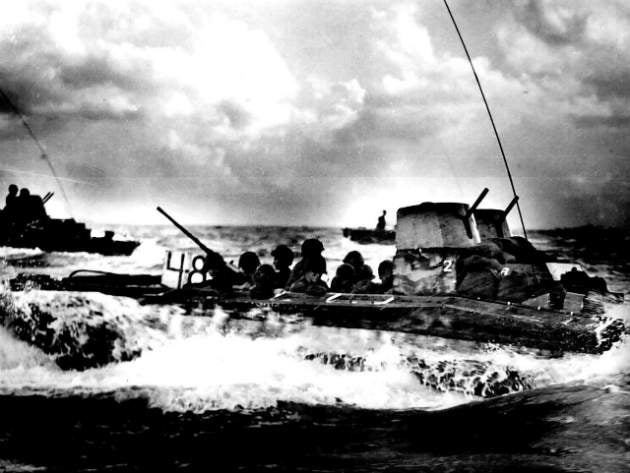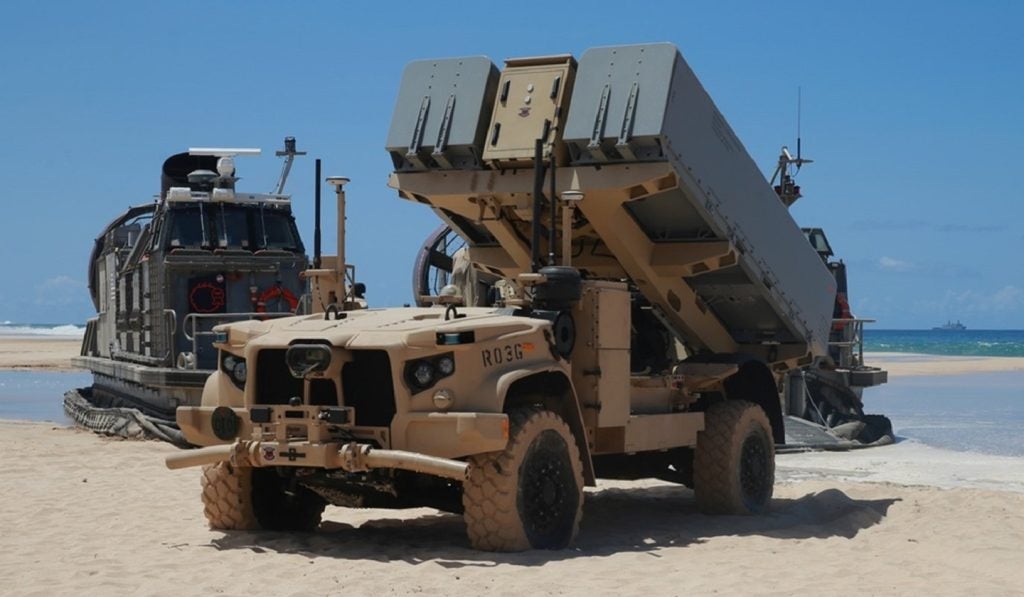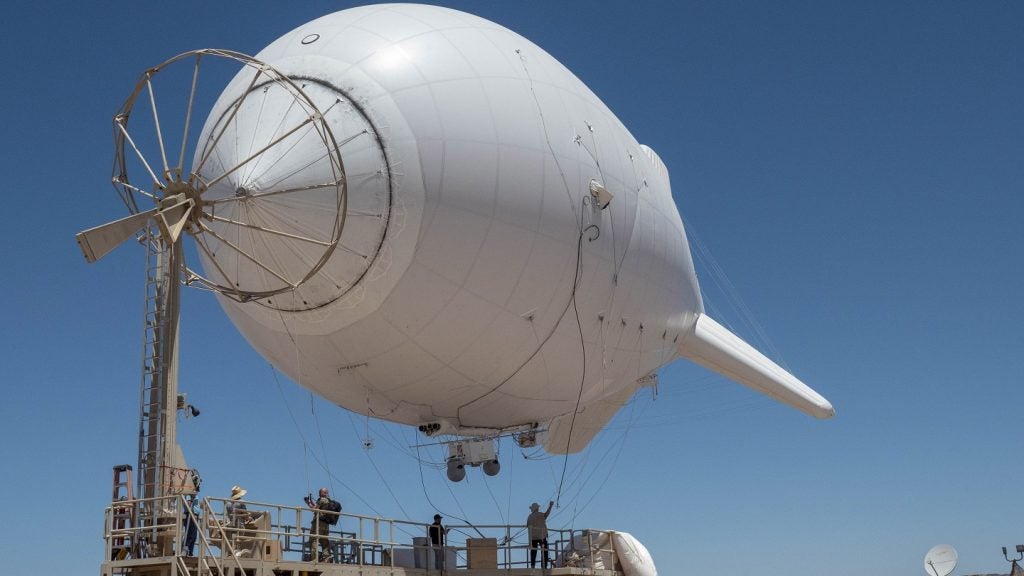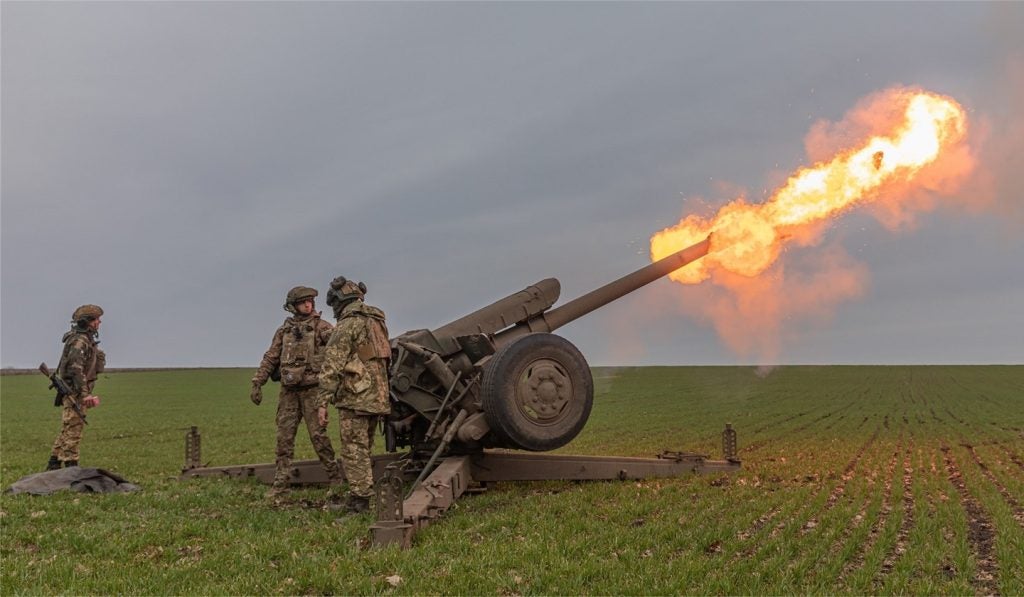
“Palau is indispensable to our national security,” claimed the US Department of Defense in its 2018 budget request, describing the need for America to meet its funding commitments to this small Pacific state as ‘key to our strategic presence in the region’.
That would be a huge accolade for any nation, but for one with a total landmass amounting to just 180 square miles, spread over a chain of some 340 islands, roughly 500 miles south east of the Philippines; it is nothing short of remarkable.
The United States’ involvement with these islands dates back to the ‘Operation Forager’ campaign of June to November 1944, which ultimately saw US forces take Palau from the Japanese after a bloody and protracted two-and-a-half months of fighting at the Battle of Peleliu. After the Second World War, Palau, which had been placed under Japanese control by the League of Nations at the end of WWI, was then put under US administration by the United Nations as part of the Trust Territory of the Pacific Islands (TTPI).
The original 1947 trusteeship agreement designated the TTPI a “strategic area” and until 1951, it was controlled by the US Navy from Guam, after which time the US Department of the Interior took over from a base in Saipan.
Compact renewal
Subsequently, moves towards Palauan independence began in 1978, with Palau finally becoming a sovereign state in 1994. Before that happened, however, the country joined with its TTPI fellows, the Federated States of Micronesia (FSM) and the Republic of the Marshall Islands (RMI), signing a Compact of Free Association (COFA) with the USA in 1982.
Under the terms of the COFA, the US provides a package of financial assistance which is administered via the Office of Insular Affairs, and assumes responsibility for national defence and security, in return for the exclusive freedom to operate and base American armed forces across the COFA territory.
How well do you really know your competitors?
Access the most comprehensive Company Profiles on the market, powered by GlobalData. Save hours of research. Gain competitive edge.

Thank you!
Your download email will arrive shortly
Not ready to buy yet? Download a free sample
We are confident about the unique quality of our Company Profiles. However, we want you to make the most beneficial decision for your business, so we offer a free sample that you can download by submitting the below form
By GlobalDataThe arrangement was intended to hold sway for 50 years, with a series of phased reviews and renewals along the way. However, while the compacts with the FSM and RMI were renewed for 20 years in 2003, and despite the successful conclusion of the Compact Renewal Agreement (CRA) talks for Palau in late 2010, there has been much foot-dragging around implementing it.
As late as the end of June this year, the US House Armed Services Committee was still refusing to allow the funds to be transferred from the Pentagon to the Interior Department, apparently citing reasons of ‘Congressional oversight’.
For an island chain that few could find readily on a map, and for a sum of $123.9m over seven years – scarcely a drop in the ocean of US military spending – the argument in favour of renewal has drawn some pretty heavy-weight supporters, including the Head of the US Pacific Command, Senator John McCain and even the President himself. The reasons are clear; as the Whitehouse warned in its Statement of Administration Policy on the 2018 National Defense Authorization Act (NDAA), failing to approve the CRA risks the US losing “access and influence in a region that is increasingly contested by China.”
Strategic posture
Nearly 75 years on from the Pacific campaigns of WWII, Palau remains as strategically important as ever, commanding the approaches to Indonesia, the Philippines and Papua New Guinea, and flanking a number of other islands and archipelagos. Having exclusive military access to such a critically located swathe of real estate provides the US with what Admiral Harry Harris, Head of Pacific Command, has described as ‘a measurable advantage in our strategic posture in the Western Pacific’.
Perhaps more to the point, it is one which Beijing would, unquestionably, be only too ready to gain for itself, should the opportunity arise. Given China’s ongoing policy of expanding its sphere of influence in an attempt to become the preeminent power in the region, a move towards Palau would be a very real possibility if the COFA renewal fails to materialise.
For more than a decade, Beijing has been quietly encouraging the small Pacific nations, and most notably Fiji, to adopt a ‘look north’ approach and increasingly engage with Asia through China, backed up with the lure of enhanced Chinese economic and military co-operation. If the US really were to leave Palau with a funding vacuum, then it is hard to imagine that a suitably attractive offer denominated in yuan would not be forthcoming if it meant that Beijing could finally prise the island chain away from American control.
Future of the CRA
Exactly how large a hole that might leave in US military preparedness in the Asia-Pacific is hard to gauge, as very little detail is forthcoming about the precise nature of the role that Palau plays in it, beyond its very obvious strategic geography. There are very few clues to be gleaned from the terms of the COFA itself, beyond the prohibition of nuclear, chemical and biological weapons from the islands and the eligibility of Palauan citizens to serve in the US armed forces.
Apart from the occasionally publicised war games, such as the Embassy evacuation exercise in August 2015, the rest of whatever it is that the US does here appears to be too sensitive to make public. It seems a case of ‘what happens in Palau, stays in Palau’ and perhaps that in itself should speak volumes about the probable future of the CRA.
That future is likely to be decided in the months ahead, as the 2018 NDAA moves through the House-Senate conference committee stage and Congress members look to resolve the differences of position between the two chambers. Senator John McCain’s Senate Armed Service Committee has already included approval of the CRA in its version of the Act, paving the way for the Conference committee to merge the upper and lower chambers’ proposals, and finally allow the Palau Compact to be renewed and funded.
The Senate Armed Service Committee’s argument is widely expected to prevail during the forthcoming conference discussions. While there is some understanding of the House of Representatives’ reticence over transferring budget funds from one department to another, few Washington commentators believe that this will trump the potential loss of prime operational geography, or the diminution of prestige and influence it would inevitably entail.
As military spending goes, $17.7m a year will not buy very much – perhaps a new MQ-9 Reaper drone and some change to run it, or a 10% share in an F-35. Conversely of course, it could be used to buy another year’s exclusive access to some of the most strategically important islands in the Pacific. It is very hard to see the US walking away from that sort of bargain.






